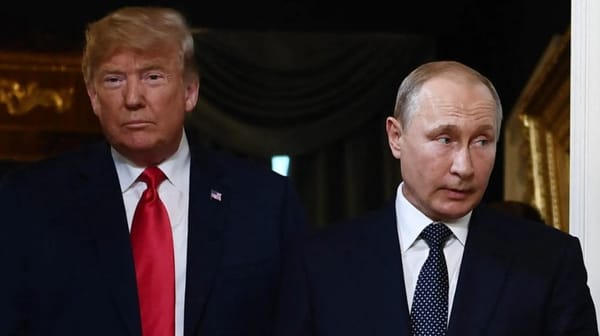Elon Musk Steps Away from DOGE and the Trump Administration

Introduction
Elon Musk, the high-profile CEO of Tesla and SpaceX, has officially stepped down from his role as the head of the Department of Government Efficiency (DOGE) and is departing from his advisory position within the Trump administration. Musk’s tenure, which began on Inauguration Day 2025, was marked by sweeping attempts to overhaul federal bureaucracy, cut government spending, and inject private-sector efficiency into Washington. His departure, confirmed by both Musk and the White House, comes at the conclusion of his legally limited 130-day appointment as a special government employee, but is also colored by recent public disagreements with administration officials and criticism of key Trump policies. This report examines Musk’s time in government, the mission and impact of DOGE, the circumstances of his exit, and the broader implications for U.S. governance and Musk’s business empire.
The Genesis of DOGE and Musk’s Appointment
The Creation of DOGE
The Department of Government Efficiency (DOGE) was established by President Trump via executive order on January 20, 2025, as a cross-departmental initiative to streamline federal operations, root out waste, and modernize government functions. DOGE’s creation was a signature move for the second Trump administration, reflecting a campaign promise to “drain the swamp” and bring private-sector discipline to public spending. The office was designed to be temporary, with a sunset date of July 4, 2026.




